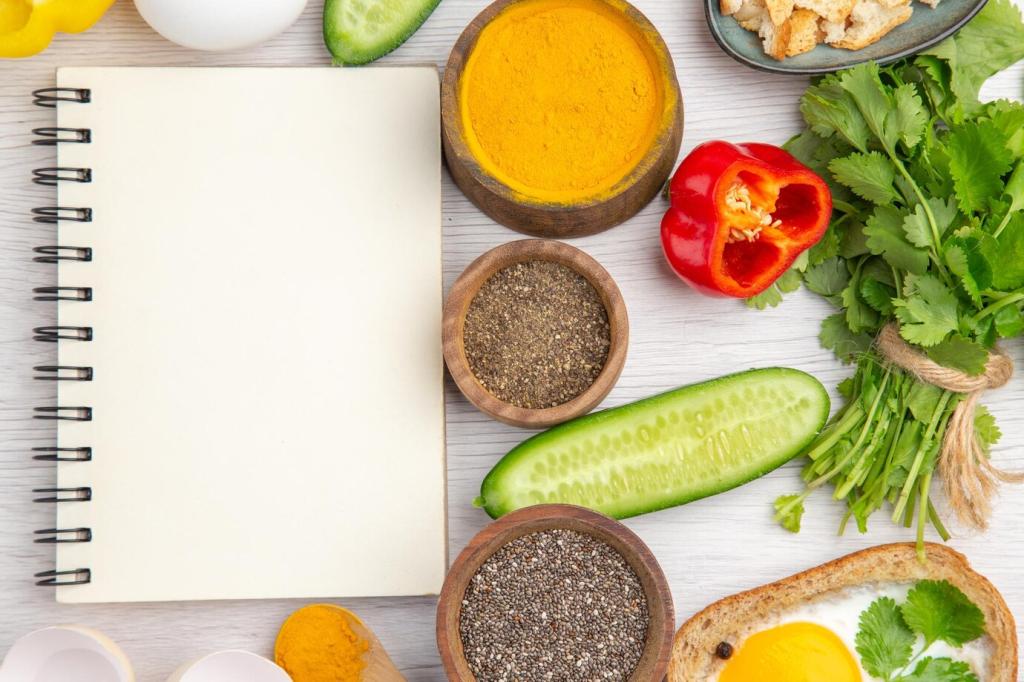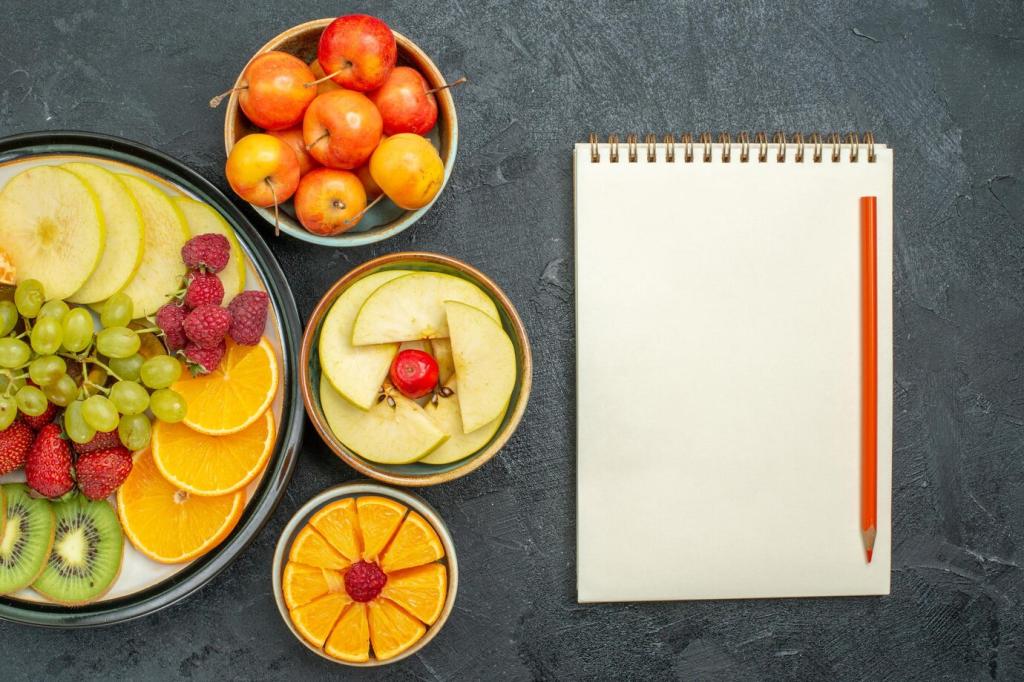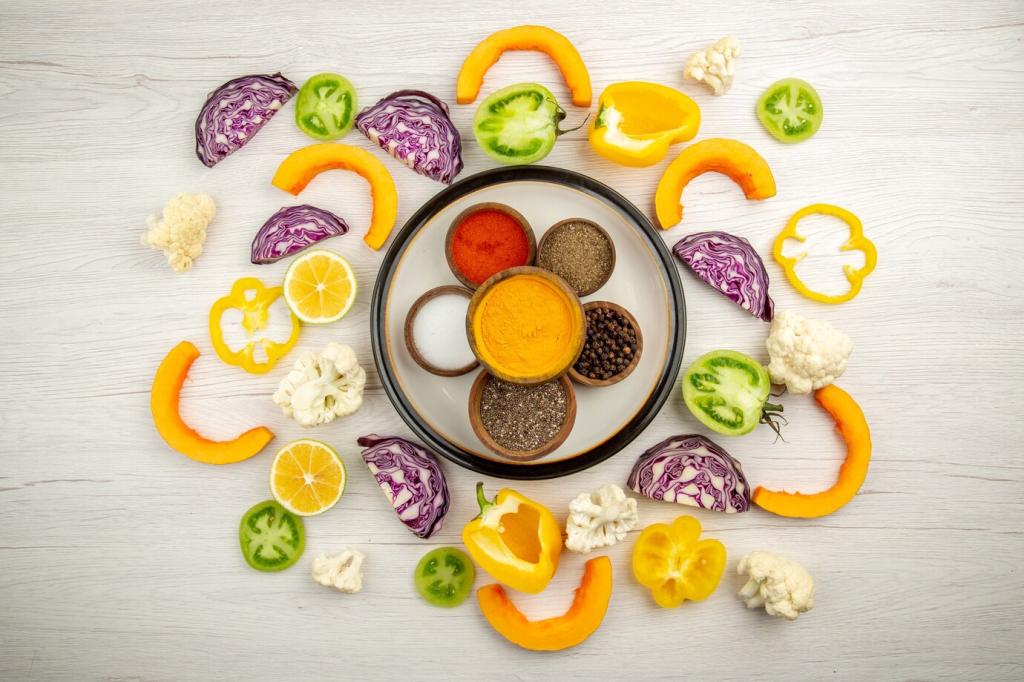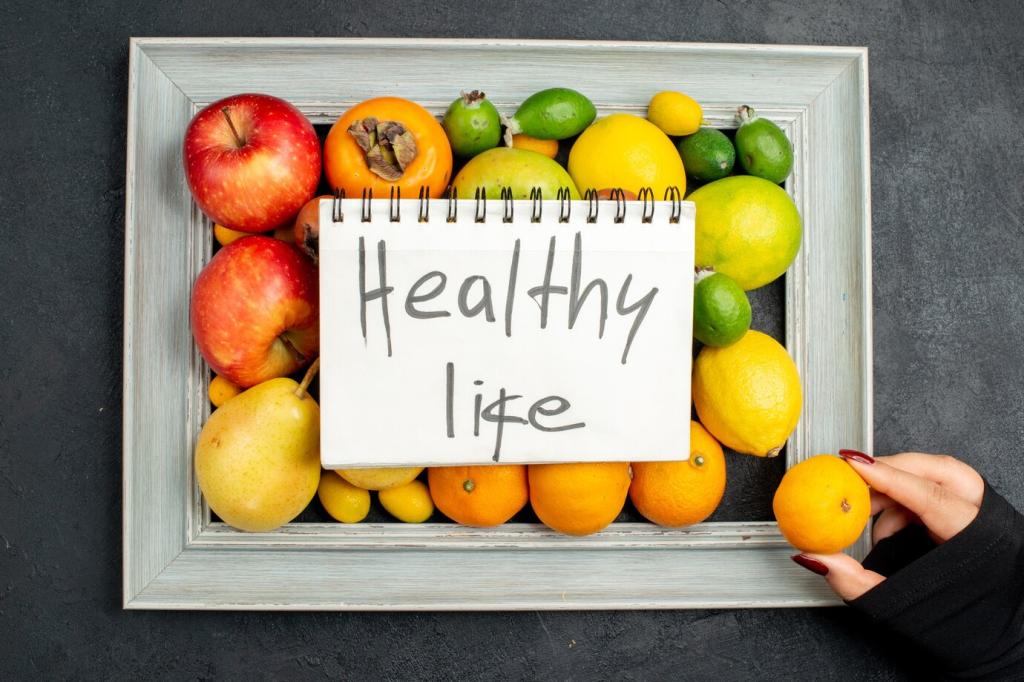Dialed-In Pre-Workout Nutrition
Choose easily digested carbs plus lean protein, with low fiber and modest fat. Try oatmeal with banana and Greek yogurt, or rice with eggs and fruit. Notice how your body reacts at different timings. What’s your reliable, calm-stomach pre-workout plate? Share it so others can experiment.
Dialed-In Pre-Workout Nutrition
Opt for simple carbs like a ripe banana, rice cakes with honey, or a small sports drink if intensity looms. Avoid anything heavy or overly fibrous. Practice your race-day snack in training to prevent surprises. What’s your fast fuel of choice? Drop it in the comments.





